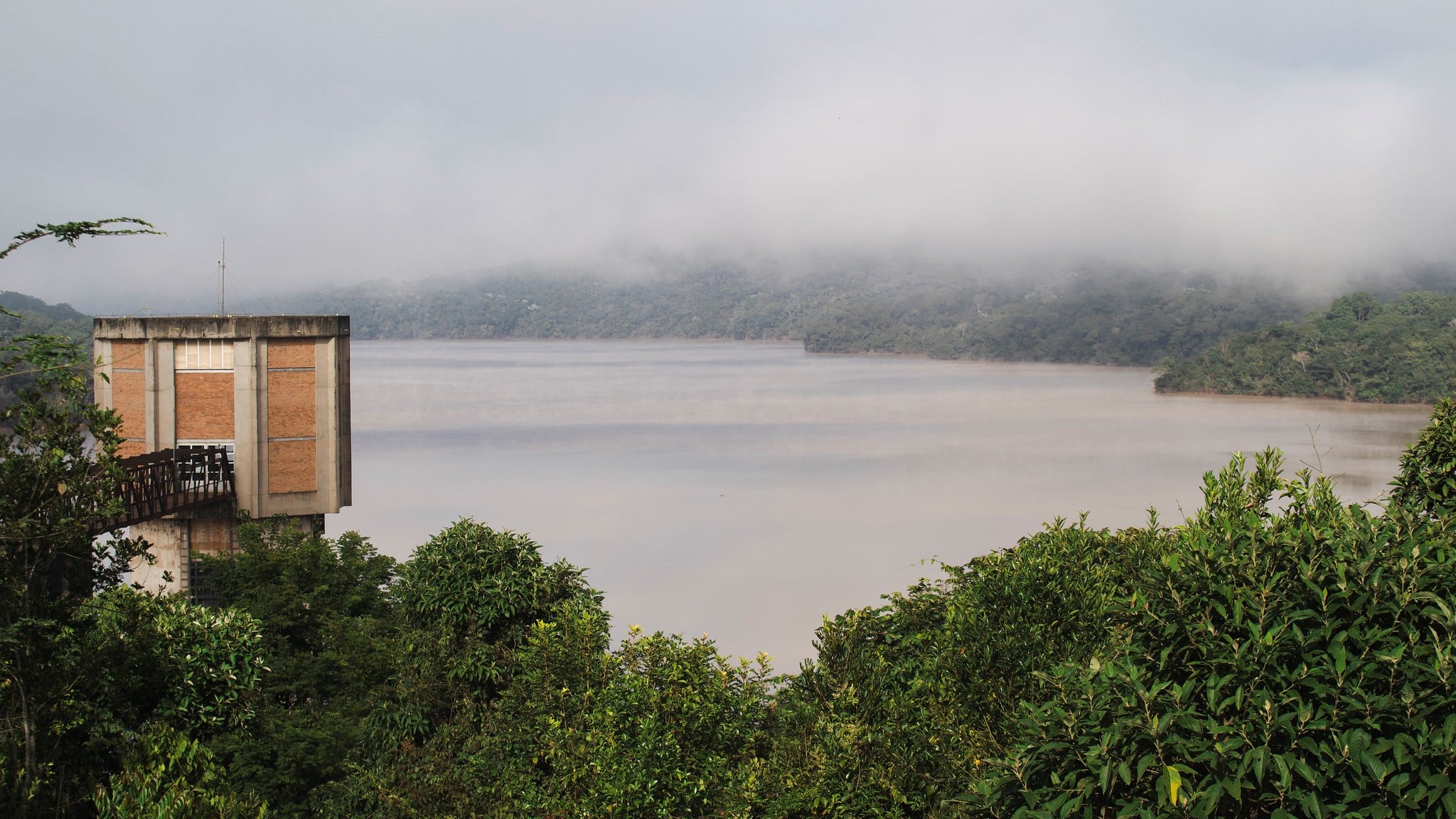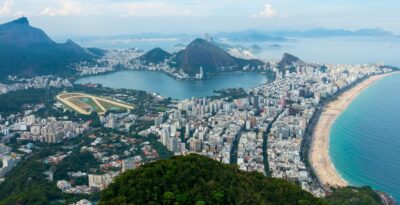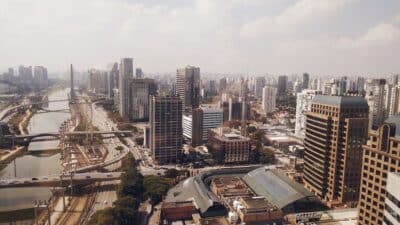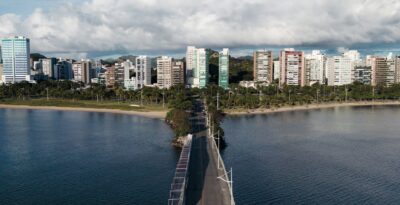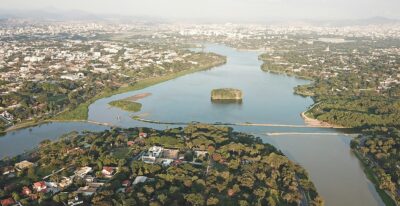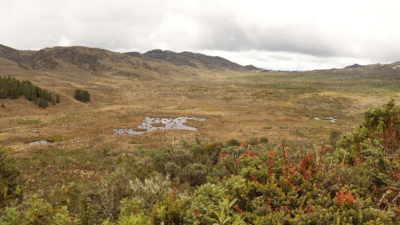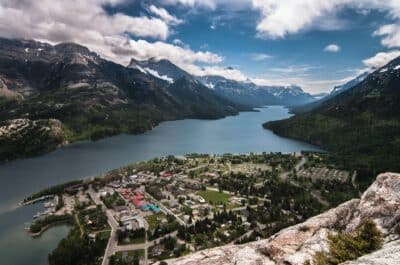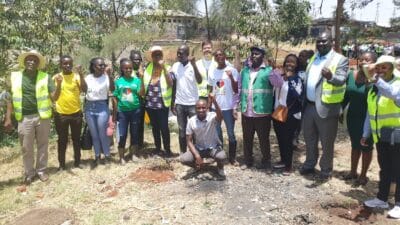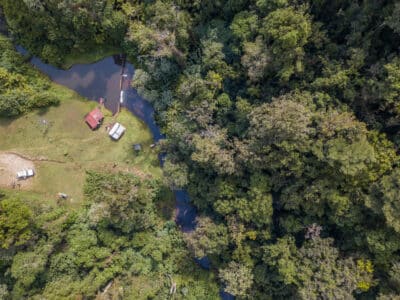Cities4Forests work with cities around the world to assess the costs and benefits of integrating natural “green” infrastructure with traditional “gray” infrastructure. These green-gray assessments help water suppliers, city governments, and other stakeholders make informed decisions on how they use their watersheds and other natural water systems to provide water for their residents.
Opportunity
Safe, reliable access to clean water is a challenge across the world, and cities are no exception. Nearly a billion people in cities do not have access to clean drinking water, and that number is expected to double by 2050. As the number of people living in cities continues to grow, the demand for water — and the infrastructure that supports it — will grow as well. This creates a substantive challenge for cities: how can they support growing populations and fund projects that improve water access, all while also contending with the climate crisis?
Project Description
This work is underpinned by the green-gray assessment methodology, which details how to assess the costs and benefits of integrating natural infrastructure into water supply systems. We have worked with four cities in Brazil — Vitoria, Sao Paulo, Rio de Janeiro, and Belo Horizonte — to develop green-gray assessments. We also worked with the municipality of Campinas, Brazil, which recently made nature-based solutions a central part of their environmental plan in part due to the findings of their green-gray assessment. We recently expanded this work to additional countries with our assessment for Bogotá, Colombia.











